The following questions were sent to Dale A. Carlson, author of a recent field guide to the Detroit area buildings of Albert Kahn. Carlson is also the author of Corrado Parducci: A Field Guide to Detroit’s Architectural Sculptor, and his book, Kahn’s Detroit: A Field Guide to Albert Kahn Designs of the Metro Area is available now at Book Beat (248) 968-1190 or online at our Backroom Gallery shop. Most of the architecture books mentioned in this Q&A are available at Book Beat and we’ve linked some to our affiliate page on Bookshop. Read a previous interview with the author at: Detroit & Corrado Parducci.
The format of Kahn’s Detroit is similar to your other guidebook on the sculptor Corrado Parducci and there seems to be some overlap between the two. Could you describe something about their collaborations and was that how your interest in Albert Kahn came about?
First off, let me give credit to Kathryn Bishop Eckert and the duo of Eric J. Hill and John Gallagher, architectural historians out of the State of Michigan who have authored, respectively, Buildings of Michigan (Princeton Architectural Press, 1993) and AIA Detroit: The American Institute of Architects Guide to Detroit Architecture (Wayne State University Press, 2003), two books that have been absolutely indispensable to my development as an architectural historian focused primarily upon Detroit and Michigan. Though organized geographically rather than my choice of chronologically, these two books are without a doubt my biggest influences as regards the “field guide” style of presentation that I intend to employ for many future books.
I actually was a student of Kahn first. With the help of local architectural historian Michael G. Smith, in 2013 I authored for my website, ilovedetroitmichgan.com, a webpost entitled “Albert Kahn: 400 Buildings in Southeast Michigan”. So I had much of the Kahn research completed before I even set out on the book project actually. The website will be coming down soon, though. The experience of writing books has been so much more intellectually and financially fulfilling than web based writing and publishing, so I’m calling it a day on the website and concentrating on print publications from here on out.
The connection between Kahn and Parducci is deep and super interesting. I could go on about it for some time. There’s a lot to it. Most important, though, is the fact that it was Kahn’s interest in Parducci that led to him coming to Detroit in the first place. Evidence from an interview in 1979, however, suggests that Kahn wasn’t all that happy with Parducci’s services being so easily accessible to his in-town competition. Still, their business relationship remained intact and Kahn commissioned Parducci as late as 1936, a dozen years after Parducci moved to town. Kahn met Parducci through his early masters, Ulysses Ricci and Anthony DiLorenzo, while Parducci was still an apprentice in New York City, and Kahn made a habit of hiring all three for the decoration of his fancier buildings throughout the 1920s and early 30s. Many of these collaborative decorating jobs are among the most interesting, but also most confounding to make sense of, since the styles of these three sculptors are nearly indistinguishable at times. There are quite a few examples of their collaborations here in Southeast Michigan including the Fisher and Maccabees Buildings.
How would you define Albert Kahn’s contribution and influence in Architecture?
Kahn’s legacy is rare among architects in that he exerted influence not only upon the evolution of architectural design, but also the direction of world history. Few building designers can brag of such a legacy.
Kahn’s influence upon the evolution of architectural design is best exemplified by the Packard Motor Car Co. Plant in Detroit, the Ford Model T Plant in Highland Park, the Ford Rouge Plant in Dearborn and the Chrysler-Dodge Half-Ton Truck Plant in Warren. The look of his earliest plants of reinforced concrete and massive steel sash windows, built in the very early years of interior electric lighting, were especially influential upon the European Modernists, chief among them Walter Gropius who went on to found the Bauhaus School in Weimar, Germany. Drawing a line from Kahn straight through the Modernists, it is fairly clear his influence also extends into the era of “International Style” construction of large and tall buildings that dominated North American skylines throughout the latter half of the twentieth century. But I am not the most qualified person to speak on this subject. For a far more eloquent recounting of Kahn’s exact position within the pantheon of highly influential architects I highly recommend those interested read Albert Kahn: Architect of Ford by Federico Bucci (Princeton Architectural Press, 1993) and Albert Kahn: Inspiration for the Modern, published by the Regents of the University of Michigan in 2001 as an accompaniment to a Kahn retrospective at the University of Michigan Museum of Art. The book features expertly researched and reasoned essays regarding Kahn’s influence upon Modernist architecture by four contributors, including the retrospective’s curator, Brian Carter. I am degreed in photography and speaking upon abstract architectural concepts and complex engineering is slightly outside of my area of expertise. I defer to these excellent books.
Kahn’s influence upon world history is best exemplified by his designs for the Willow Run Bomber Plant in Ypsilanti Township and the Chrysler Tank Arsenal in Warren, both of which produced tools of war which were essential to defeating the Nazis and fully liberating Europe at the close of WWII. But not only that, Albert Kahn, Inc., from 1929 to 1932, assisted the Soviet Government in designing and constructing over 500 factories, many of which were converted to wartime production in the mid-1930s. The Soviet contribution to the defeat of Hitler cannot be overstated. They gave up 15% of their nation’s population over the course of WWII, over 20 million, which dwarfs the death total of any other nation by a long shot. The U.S. by comparison, lost less than a half million. Without the Kahn designed factories the victory on the Eastern front arguably does not happen. Looking at the massive amount of weaponry that came out of all of these plants combined, Kahn’s influence upon the direction of world history cannot be denied, in my opinion, and it becomes a very easily defensible position. Kahn’s contribution to the development of assembly line production is also notable, but, also in my opinion, most architectural historians in the know would give greater credit for these pioneering changes to Henry Ford and his engineers. Kahn’s genius, in this regard, was understanding the client’s exact desire and delivering at the anticipated cost or under and on time or earlier. In pursuing this end, the organization of the office and its tasks were nearly as revolutionary as the designs that came out of it.
What was your most surprising discovery found while writing the book?
In amassing a compilation of over 300 Kahn commissions in a limited geographic area one must be alert to all structures that can possibly be included. Over the course of my research for the book, I examined hundreds of original architectural drawings held by Albert Kahn Associates, Inc. at their Fisher Building offices, always mindful of additional buildings provable as Kahn designs that one might find among the exhaustive drawings of auto manufacturing facilities. Last summer I came across such a building in a stack of drawings of the old General Motors Cadillac Stamping Plant at 9501 Conner St in Detroit’s Airport Sub neighborhood; a 1920s powerhouse tucked deep in the plant’s innards, near the railroad tracks at the rear of the massive parcel this plant occupies. This is a dicey subject to attempt to photograph at night, as is my favored technique, so I enlisted a friend in my urban exploration with the intent of shooting this new discovery from the railroad tracks, or, if possible, by entering the plant’s grounds from the rear. We made an approach plan, got all geared up with flashlights and all fired up with enthusiasm and set out to get our shot. When we arrived shortly after sundown we were greeted by one of the biggest surprises of the entire project: since my previous visit just two months earlier the entire facility, over twenty buildings, had been completely razed. Not a single structure remained. I had to delete the plant from my book that focuses solely on extant designs, and, of course, I was also never able to add the powerhouse.

Alexander G. Ruthven Building at the University of Michigan (1926-1928), Geddes Ave, Ann Arbor ©Dale Carlson, 2022
Could you mention a few of your favorite building designs and what made them special?
When it comes to building design, I am as big a fan of artistic embellishment as I am the overall design, probably more so. For that reason, my favorite Kahn designs are nearly all heavily ornamented commercial works featuring sculpture modeled by Corrado Parducci, Ulysses Ricci, Anthony DiLorenzo and to a lesser extent, Edward Ardolino of New York City, Julius Melchers of Detroit and Geza Maroti of Hungary. The Fisher Building is without a doubt the top example in this vein as Maroti, Ricci, DiLorenzo and Parducci all contributed extensively. A few more of the best examples of beautifully ornamented Kahn designs are the Detroit Free Press Building, the Flint Journal Building, the former GM Building now known as Cadillac Place, the Security Trust Company and First State Buildings side-by-side at Griswold and Lafayette, the Maccabees Building and the Ford Motor Company Engineering Laboratory in Dearborn. Angell Hall, the William L. Clements Library and the Alexander G. Ruthven buildings on the campus of the University of Michigan in Ann Arbor all feature excellent exterior sculptural embellishments, as well.
Many of Kahn’s structures are badly decayed or in ruins. Could you mention one or two buildings, and describe why you feel that they are worthy of saving?
Two identical Detroit Savings Banks designs at 5601 W. Warren and 5705 W. Fort St feature fantastic neoclassical facades typical of Kahn’s leanings, but both are currently unoccupied and have been for some time. I believe both of them to be endangered and would love to see them both repurposed. At 6438 Woodward there is a version of this design that has been effectively reused as a prosthetics and orthotics business. There’s also one on Hamilton but it’s been painted poorly and it appears a bit less likely to be a viable reuse candidate. We shall see. Someone new bought it recently, I’m told. In Capitol Park at 1133 Griswold we have the United Savings Bank Building, horribly refaced around 1965 with flat marble slabs that eliminated all window openings. Many local architectural historians believe the original facade is likely still present underneath the refacing and would love to see it re-exposed. Some of the original Ford Model T Plant buildings in Highland Park, for their indisputable historic value, need to be saved for posterity. There’s too much there to make a museum of it all, unfortunately, but it’s just so significant to Detroit’s larger story. The Sales & Service Building, the northernmost of the extant structures at this site, is the most likely candidate for a renovation, in my opinion. Finally, two residences in the North End neighborhood of Detroit that are not commonly known to the general public as Kahn designs have been treated accordingly. One is on Owen St and one is on Chandler St. Both are very early Nettleton & Kahn designs, remnants of his second partnership, built right around 1900. Both are in rough shape and in need of an owner who recognizes and respects their historical significance.
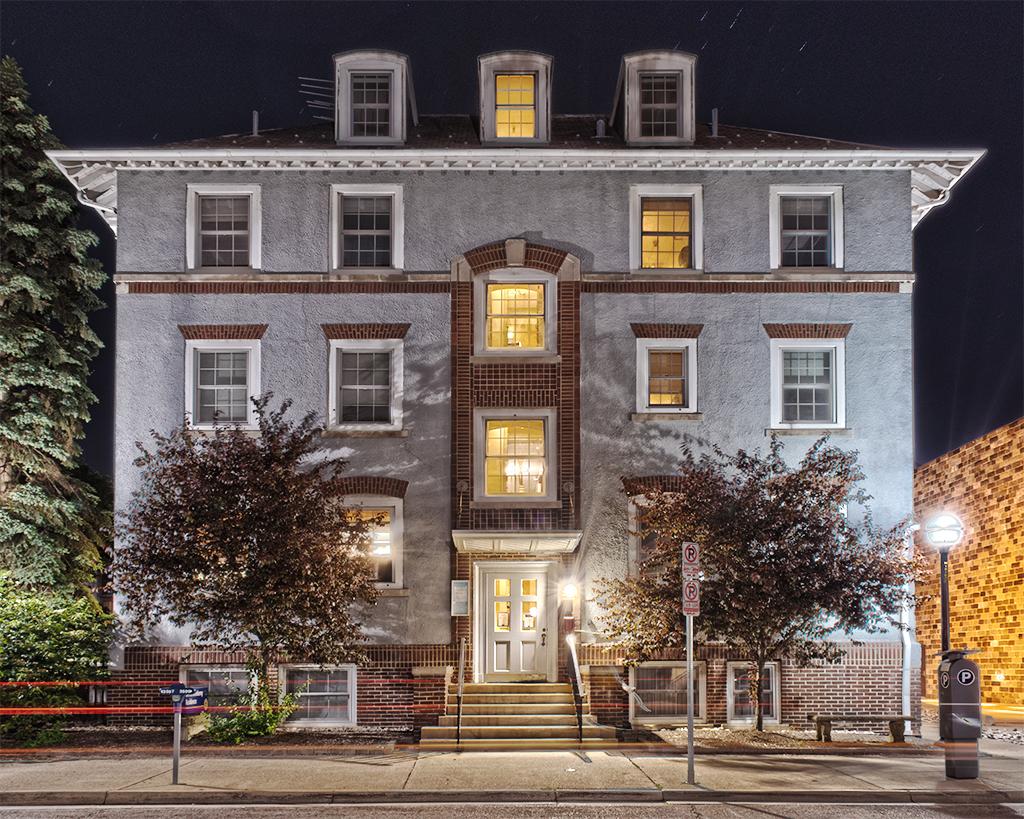
Helen Newberry Residence Hall at the University of Michigan, S. State St, Ann Arbor (1915) photo © Dale Carlson 2022
If you were to have one or two days to visit a variety of Albert Kahn buildings, what would that map look like? Where would you start and end?
I’d spend day one in Ann Arbor, where there is a concentration of 30 extant Kahn designs in addition to a collection of over 125 freehand drawings produced by Kahn over numerous European tours from 1891 to 1925, held by the University of Michigan Museum of Art [UMMA] on S. State St. They’re not on public display, though. I believe they will show them by appointment, but I’m also not entirely sure about that. In any case, they are all very easily viewable online at the UMMA website. Burton Tower, Angell Hall, Hill Auditorium, the William L. Clements Library, the Harlan Hatcher Library, the Alexander G. Ruthven Building, West Hall, the Helen Newberry Residence Hall and Dr. Edward Kahn’s summer cabin in Scio Township would all be on my list of must-sees, but if I had the whole day I’d use my book as a guide and try to see all 30 of them. The Clements Library, just for the record, was Kahn’s personal favorite of all his designs.
I’d spend day two in Detroit. I’d start at the Ford Highland Park Plant and I’d also take a quick look at housing commonly inhabited by Model T Plant workers back in the day: The Woodford Apartments at 10 Ferris St. I’d then hit the New Center area and have a look at The Fisher Building, The Argonaut Building, The Albert Kahn Building aka New Center Building and the General Motors Building and its Research Lab on the back side. I’d then do a slow roll down Woodward towards downtown, noting along the way the Garfield Building, the Leonard M. Simons Building, the Maccabees Building, Old Temple Beth El aka Bonstelle Theatre and the First Congregational Church Addition. Once downtown, there are over 30 more extant designs to take in and given a full day I’d try to see ’em all. I rate none of Kahn’s extant downtown designs as at all insignificant. Every single one is worth a gander. If I were forced to shave a few off the list I would probably forgo the Finsterwald Building, the Tremonti Building, the Fort Shelby and Downtown Parking Garages, the Campau Realty Building and the Detroit Creamery Company Building. I like to think my new book is essential to properly touring all of Kahn’s downtown commissions and I leave it to readers to build their own route with it.
I’d finish my day in Detroit with a visit by night to the Bethany Presbyterian Chapel at 7835 E. Lafayette Ave. Built 1896-1897, it is the only extant design on Earth that originated in the offices of Kahn’s first partnership, Nettleton, Kahn & Trowbridge.

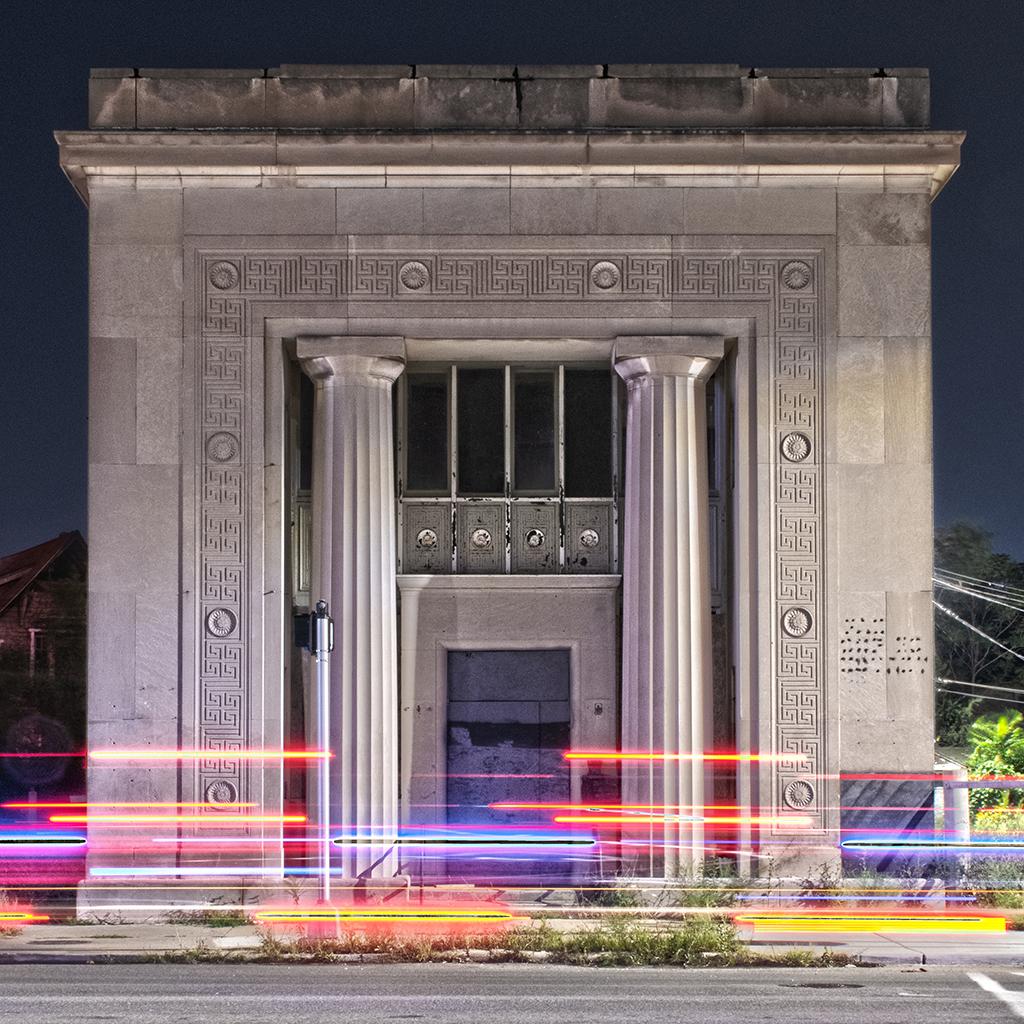
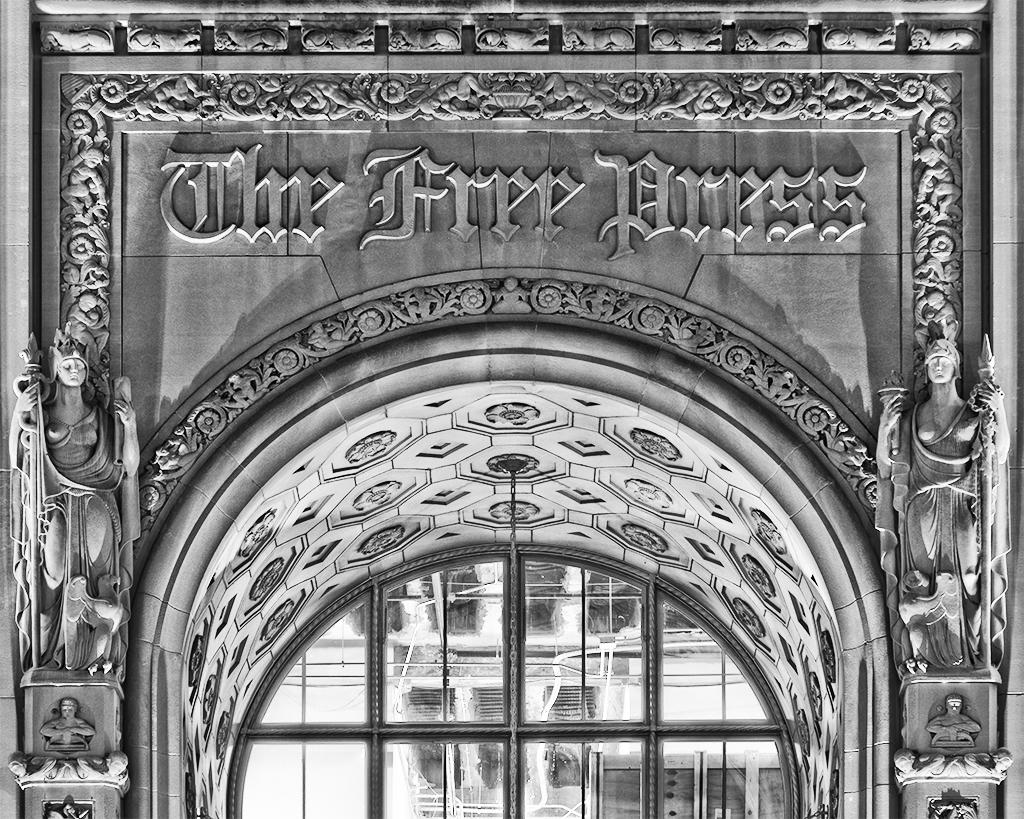
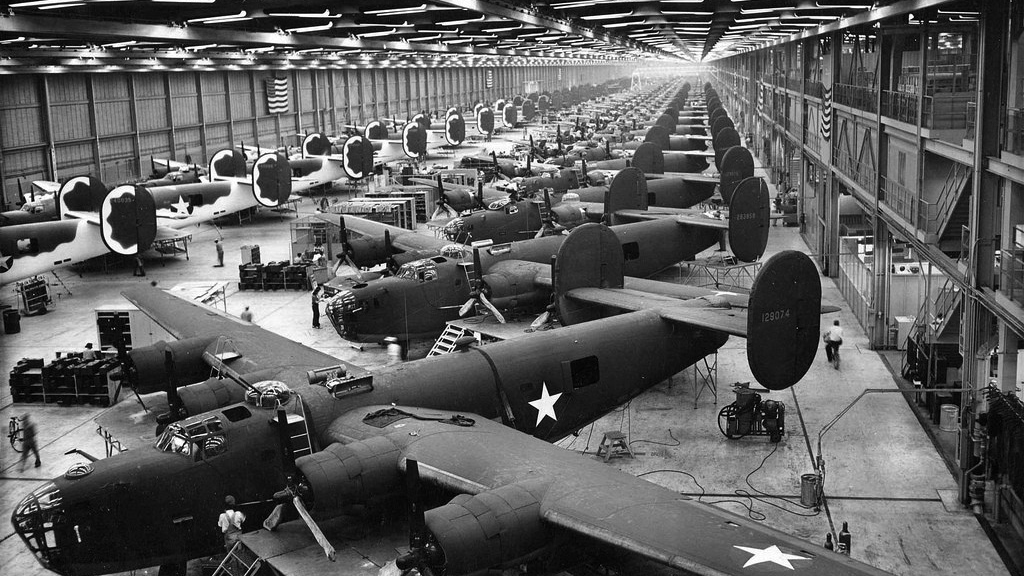
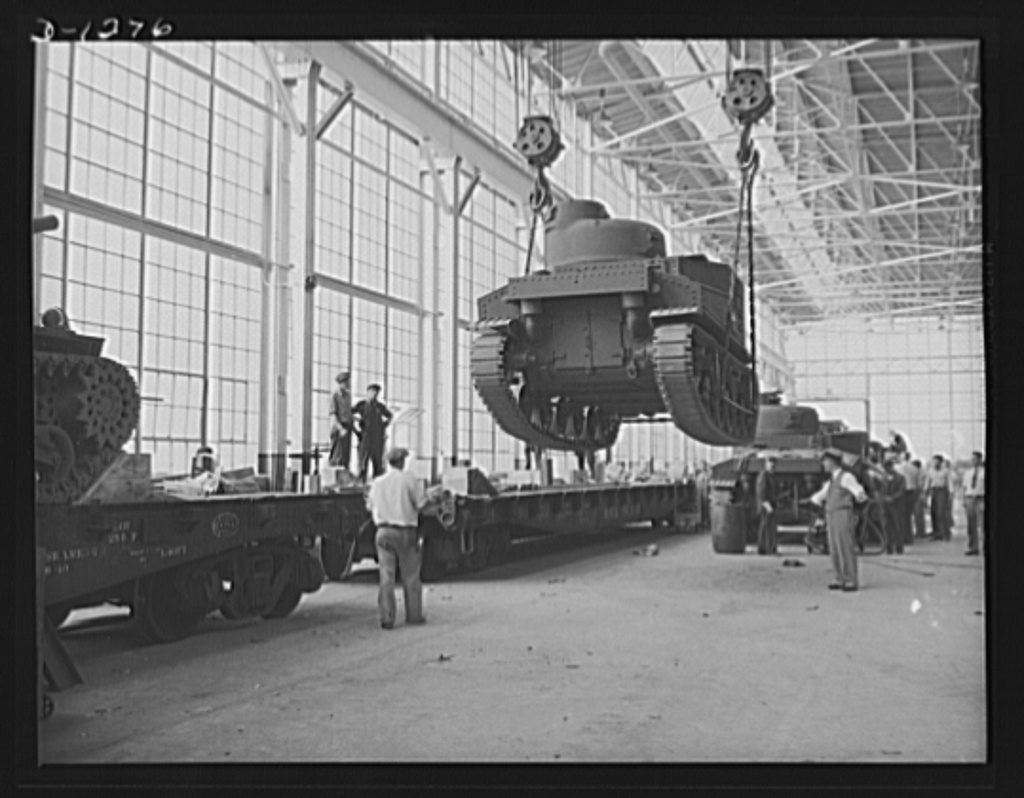
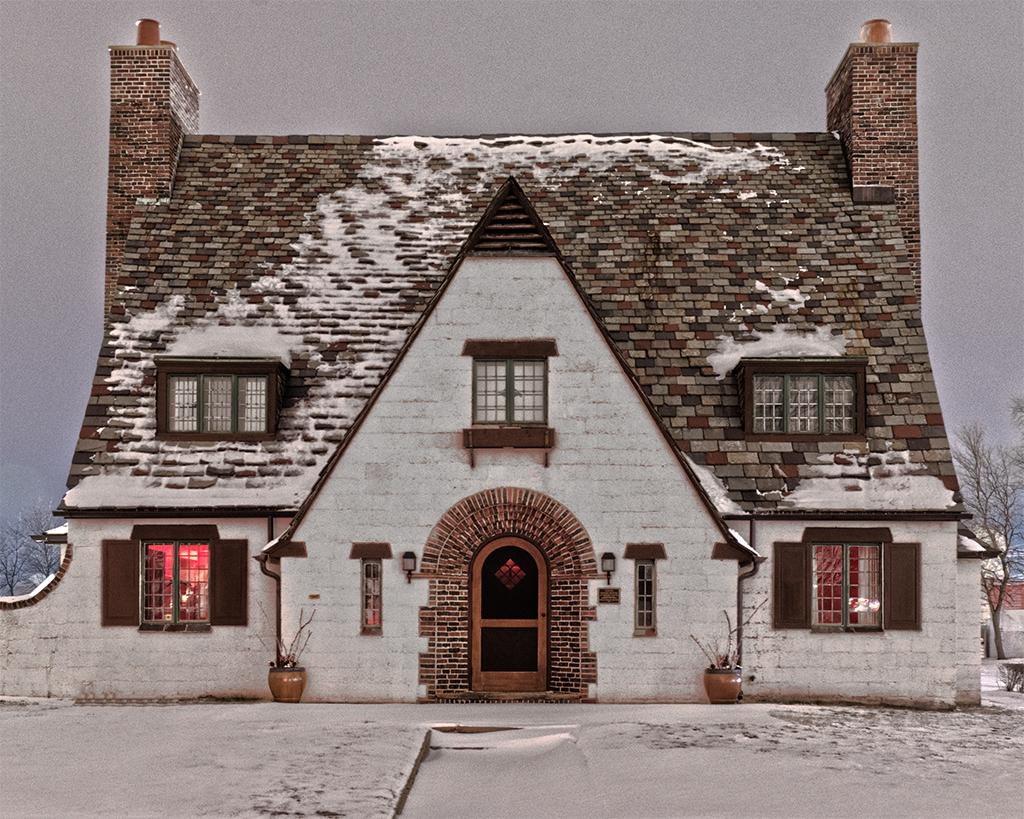
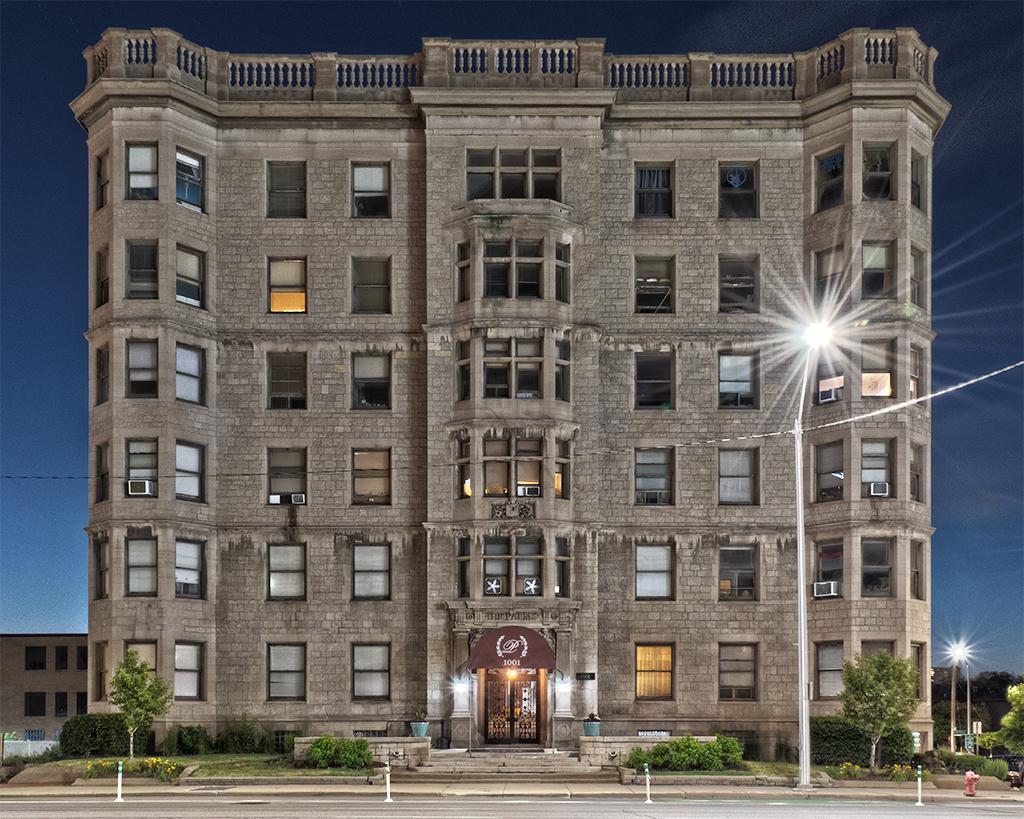
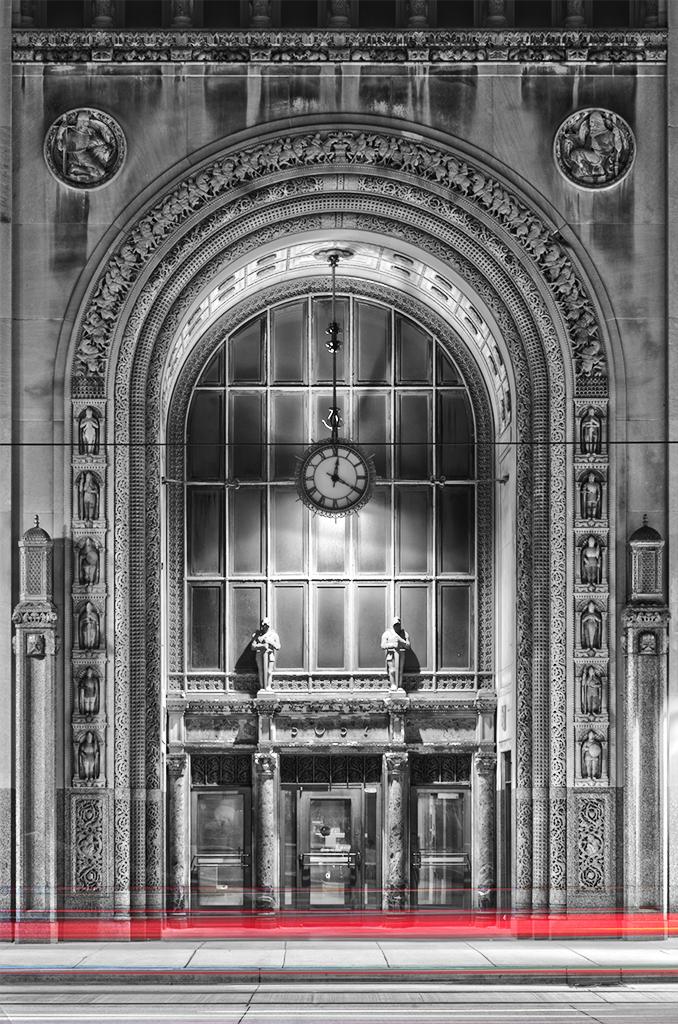
Excellently researched. Great interview. The photos highlighted Kahn’s work.